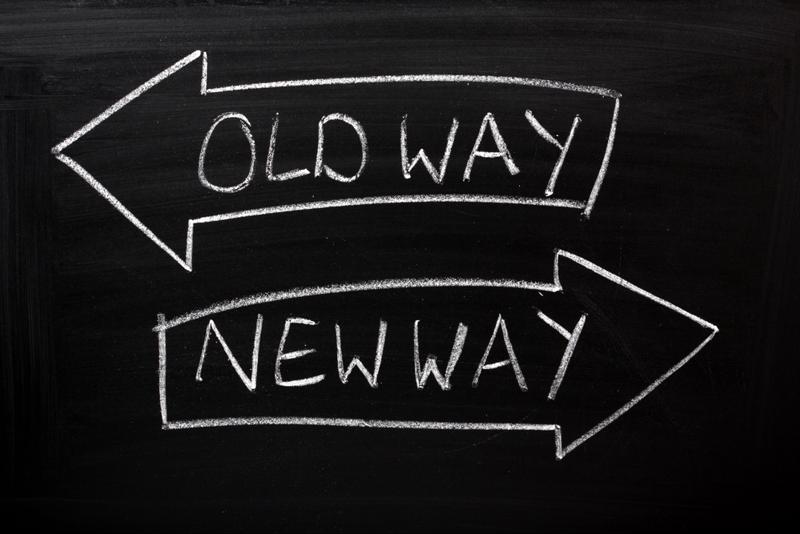ERP change management: an implementation best practice
Selecting, purchasing and implementing an enterprise resource planning (ERP) solution is a huge undertaking. The potential rewards are significant, but just like any massive organizational initiative, the risks can be just as pressing. ERP change management is a key best practice for implementation.
Why?
You need your workforce to adopt the new technology in order to realize benefits as a business. Stumbling blocks along the way, and refusal to adopt, can lead to hiccups in your supply chain and wasted dollars.
A PricewaterhouseCoopers survey found that 29% of workers are most motivated to acquire new digital skills by the promise of "individual achievement within a predictable environment" as opposed to being motivated by being more efficient or by status and promotions. Of those 29%, less than half claimed their company did a good job at communicating why digital skills are central to the company's success.
Everybody at your company could benefit from having a more efficient, up to date ERP in place. While lots of people will be motivated to adopt new technology because of status or easily visualized efficiency gains, a large number of folks may need a bigger push.

ERP change management
Change management is a vast, complicated and rich field of study. We'll focus on how two of its oft-cited strategies can help you adhere to ERP implementation best practices.
Plan-Do-Check-Act
Known by the initialism PDCA, this change management strategy can help you implement an ERP at your organization.
First, your company plans the change. Then, they launch a sort of pilot program based on the plan. For ERP implementation, you could sign up a small number of early adopters. Perhaps you can incentivize people who are motivated by status by putting them on an early adoption committee. After the pilot, the committee will get together to assess what they've learned. That's the "Check" stage. Finally, you "Act." That is, you roll out the ERP to a larger group of end users.
Those who may be reluctant to engage at first will see how it's worked so far, they'll have observed the system integrating successfully, and they'll be aware of benefits for previous users. The process of change management will now be a part of their routine, helping to ease the transition.
ADKAR
This acronym stands for "Awareness, Desire, Knowledge, Ability, Reinforcement."
Each letter in the acronym corresponds to a phase in the change management cycle. First, even before anybody adopts the ERP, they have to be aware of what it is. Once they become aware, the organization needs to cultivate their desire to participate. Surveys can gauge how close the company is to meeting everybody's reasons for wanting to adopt new technology.
Once users are invested, you give them the knowledge and then the ability they need to participate. You'd probably train them on the software before giving them access. A sandbox can be helpful for learning. Finally, you reinforce the use of the ERP in an ongoing manner.
Change management can help drive ERP adoption, making it an implementation best practice. Learn how we can help you find and implement an ERP today.





